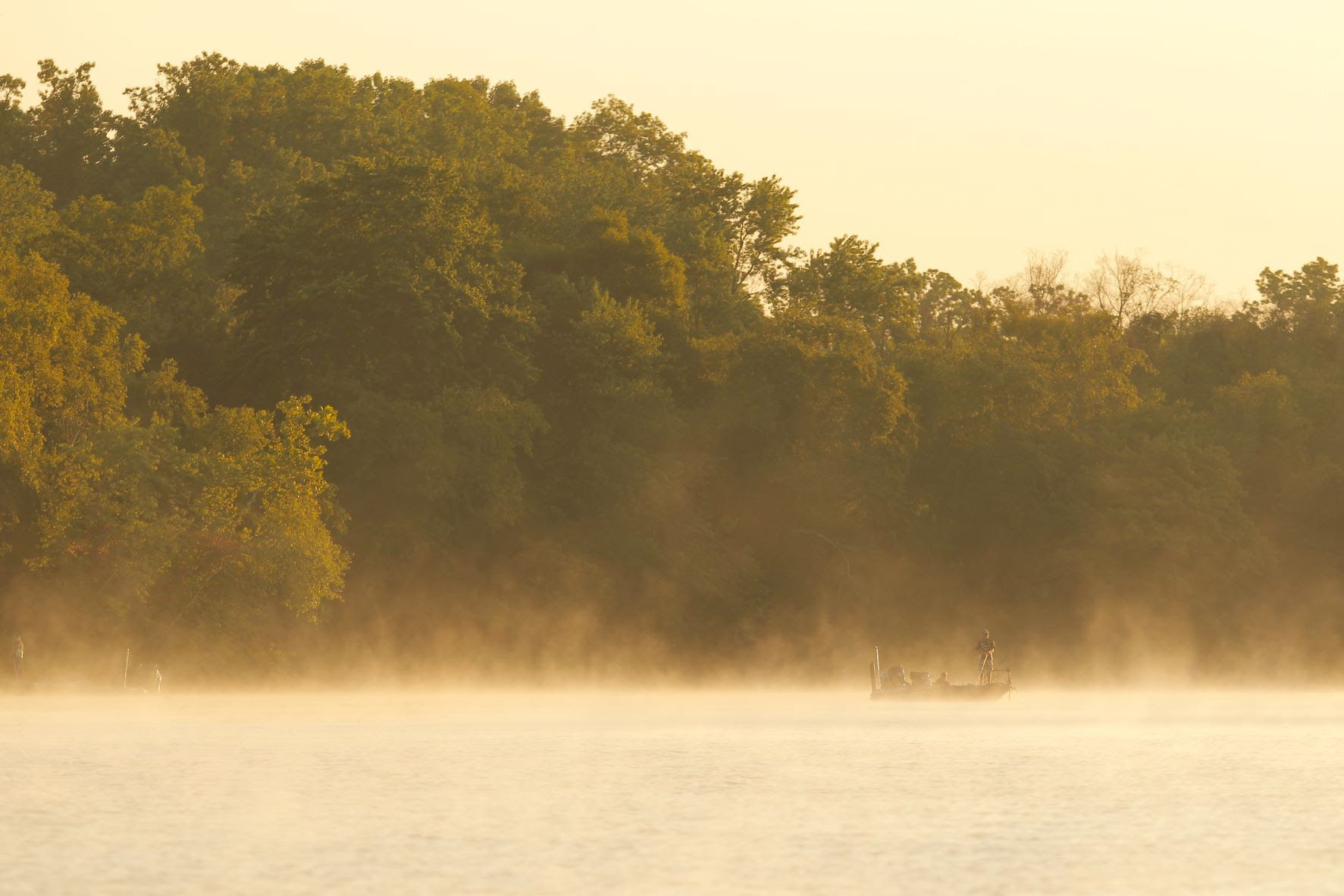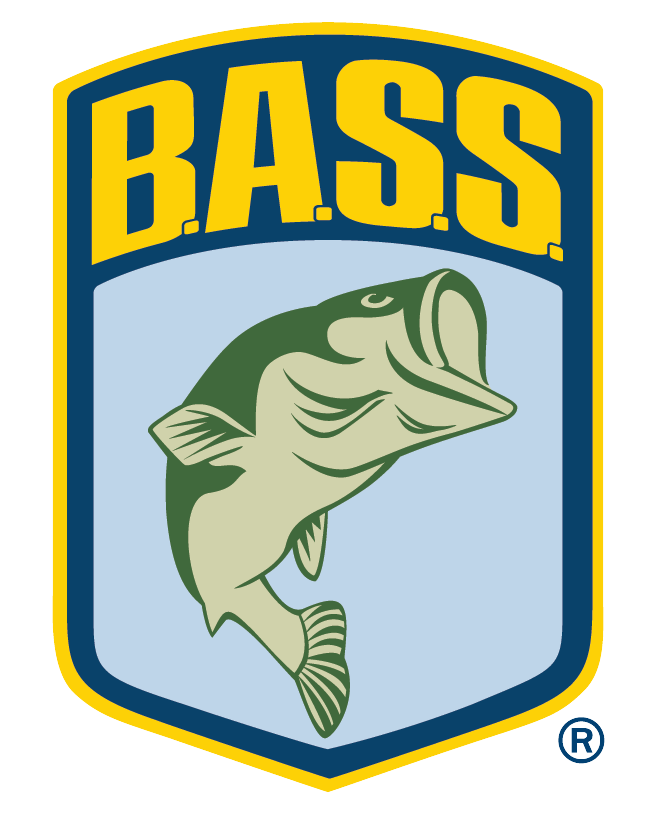
CECIL COUNTY, Md. — If historical patterns hold, summer’s dog days will fiercely guard a big fish bounty and reward a fortunate few during the St. Croix Bassmaster Northern Open at Upper Chesapeake Bay presented by Mossy Oak Fishing.
Competition days will be Sept. 8-10 with daily takeoffs from Anchor Marina and adjoining North East Community Park at 6:30 a.m. ET and weigh-ins each day at the park at 2:30 p.m. The event’s winner will qualify for the 2023 Academy Sports + Outdoors Bassmaster Classic, to be held in Knoxville, Tenn., March 24-26.
The largest estuary in the U.S., the Chesapeake stretches approximately 200 miles long from its northern headwaters in the Susquehanna River to the Atlantic Ocean and spans 30 miles at its widest point. More than 150 major rivers and streams flow into the Bay’s 64,299-square-mile drainage basin, which covers parts of New York, Pennsylvania, Delaware, Maryland, Virginia and West Virginia, and all of District of Columbia.
Tournament boundaries will include only Maryland waters of the Upper Chesapeake and all connected rivers, creeks and canals. That’s still a lot of water to consider and, as Bassmaster Elite Series pro Ed Loughran noted, seasonal norms won’t make it easy.
“The water has been pretty warm because (the weather) has been pretty hot in the Upper Chesapeake Bay from Baltimore, north,” said Loughran, who has fished the bay since the 1980s. “It looks like it’s going to cool off a little bit for tournament week. Otherwise, everything is pretty normal; there hasn’t been any flooding in the Susquehanna.
“It’s going to be a summer pattern. There are a lot of big fish in the bay, but this time of year, it’s just hard.”
Loughran said the shallow rivers with their darker water tend to be warmer than the open bay’s clearer water, which receives regular flushing. Across the board, early September typically finds the bass several weeks from their fall feeding mode and that requires a grind-it-out mindset.
“This time of year can be absolutely brutal, but when you put such good anglers in a place and so many of them, you’re going to have somebody that figures something out,” Loughran said. “I don’t think it’s going to be a blowout tournament; I think the fishing pressure is going to (be a factor).
“I don’t think getting a limit is going to be easy for half the field, if not more. I would imagine it’s going to be like 15 to 16 pounds a day to win; but if you bring in 13 to 14 pounds a day, I would be surprised if you didn’t get really close to getting into the Top 10.”
Central to success in this event will be good decision making when it comes to habitat selection. The Chesapeake’s tidal nature makes it inherently dynamic, but Loughran believes the quality of bites and quantity of habitat are inextricably linked.
“There’s a good amount of vegetation — mostly hydrilla, eelgrass and star grass — in certain rivers and the Susquehanna flats,” Loughran said. “A lot of people will be focusing on the grass throughout the bay.
“The other thing is you can run a very long way and fish in some of the tidal rivers below the Bay Bridge (Hwy. 50), but I question whether those are going to hold up for three days — especially some of the ones that are closer to where we’re launching.”
As Loughran explained, the farther south you go, the more saltwater the bay holds. Anglers fishing rivers below the Bay Bridge often have to run a considerable distance upstream to reach the purely freshwater stretches where bass can live.
Given this consideration, time management will influence a lot of game-day decisions. Moreover, Loughran believes the bay’s grassbeds will offer significantly more opportunities.
“A lot of the rivers have fish in them, but the pressure of a three-day tournament, along with a lot of practice, I think, is going to get to most of them,” he said. “That’s why I tend to think it’s going to be won mostly on grass.
“Some people might mix in some other stuff, but grass is what I’m going to focus on, mostly. I’m going to be one of those guys who fishes some grass and then tries to mix in a couple of other things here and there.”
Wherever anglers fish, all will face a common decision: Camp in an area and work all tide stages or “run the tide” by moving up or down the tidal plane to stay with a particular stage. Loughran said it’s a case-by-case decision.
“Some people love low tide and hate high tide and vice versa, but really, it’s smarter to look at what you’re fishing and determine what the best tidal stage is going to be,” he said. “If I’m fishing some isolated piece of wood in the Sassafras River where the fish are going to focus on that cover when the water’s drawing down, that’s a pretty good place to be at low tide.
“But, if I’m fishing some grass, I may want them to have a little water over their heads. So that might be more of a high-tide spot.”
While it’s not unheard of to find largemouth regurgitating blue crabs in livewells, Loughran said the bay’s fish largely prey on baitfish, including yellow perch, white perch, large shad and minnows. Crawfish bolster the menu.
Knowing this, anglers will likely throw a mix of topwaters, spinnerbaits, frogs, bladed jigs and swim jigs for the reaction bites. Flipping jigs and Texas-rigged plastics to hard targets such as stumps, laydowns, rocks, and docks may also play into tournament strategies.
Ultimately, Loughran stresses the wisdom of diversity: “It’s rare on a tidal fishery that you’re going to be able to do the same thing for three days. Anything could happen, but I think you’re going to have to adjust.”
Full event coverage will be available on Bassmaster.com while Championship Saturday action will be broadcast live on FS1 beginning at 8 a.m. ET.
The tournament is being hosted by Cecil County Tourism and the Town of North East.





